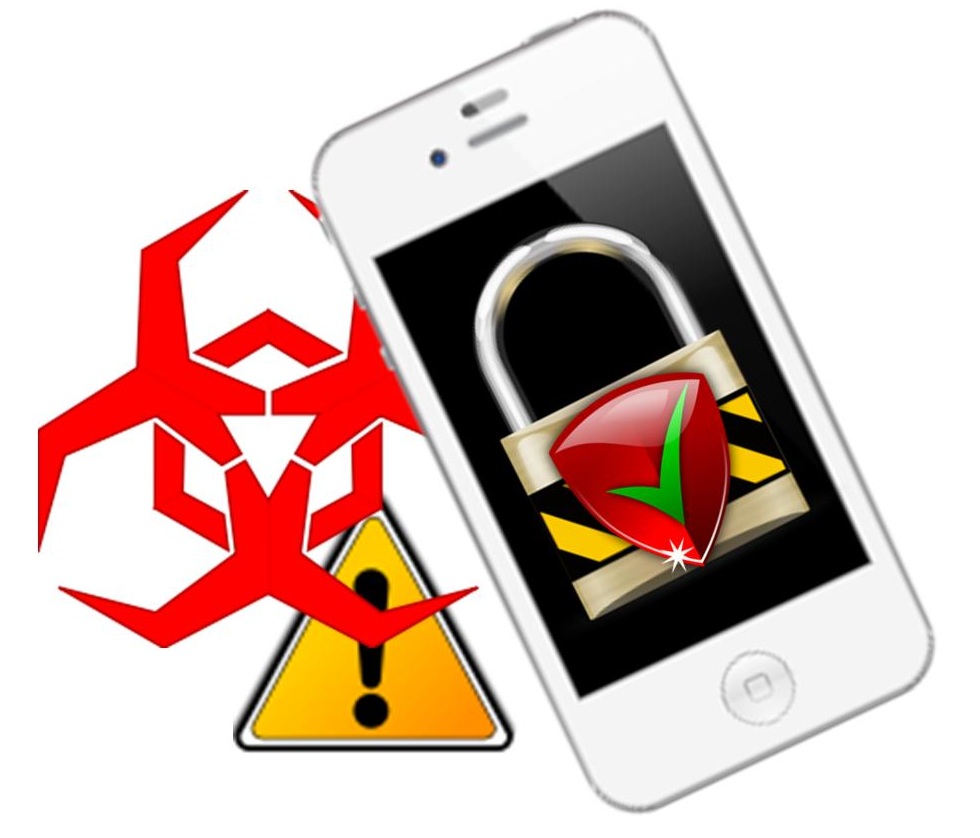4G could exaggerate the mobile security risks that businesses and consumers face
Security has been a growing concern in the mobile space for years. As consumers become more reliant on mobile technology, the more malicious parties begin to target smartphones and tablets to attain valuable information. Security concerns have become more pronounced due to the growing popularity of mobile commerce. With mobile payments growing more common, mobile security has become a top priority for many businesses and organizations around the world. Voltage is one such company.
Voltage predicts surge in cyber crime
Voltage is a leading security firm that believes a surge in cyber crime is on the horizon. While the advent of mobile commerce has lead to a rise in hacking and other such attacks, it may be the expansion of the 4G network that could make threats significantly more dangerous for consumers and businesses alike. Voltage suggests that the introduction of 4G speeds could leave businesses, especially, somewhat exposed to cyber attacks.
 Mobile devices may not be as secure as they can be
Mobile devices may not be as secure as they can be
4G connectivity allows consumers using mobile devices to access the Internet more quickly. For businesses, 4G means faster online services, which could mean better consumer engagement. Many businesses already encourage employees to use their mobile devices for a variety of purposes, especially when it comes to consumer engagement. As 4G connectivity becomes more common, these devices may begin to pose a significant mobile security threat for businesses, as these devices are not necessarily protected against the major risks they face.
Consumers and businesses encouraged to take steps to protect themselves
Voltage suggests that businesses should take steps to protect themselves from the expansion of 4G networks. These networks themselves are not considered a problem, but they could become a very popular avenue for hackers and malicious groups that are looking to take advantage of any mobile security shortfalls that may exist. Consumers are also being encouraged to take measures to protect themselves, especially those that participate in mobile commerce.
The company has focused this new release on increased levels of visibility and control with advanced threat protection.
One of the industry leaders in secure direct to cloud network for global advanced protection and policy enforcement, Zscaler, has just announced the release of its new mobile security solution.
This release has widened the Zscaler Network benefits in a number of ways that they believe are highly important.
The benefits of the network are now broadened to include centrally managed advanced mobile security threat protection, in addition to real time visibility and granular policy controls for smartphones and tablets that have been implemented as a part of environments that are BYOD, corporate issued, or hybrid.
The company also announced new mobile security partnership with Mobile Device Management (MDM).
 They explained that this helps with mobile security integration in order to complement auditing and provisioning capabilities. According to the Zscaler CEO and founder, Jay Chaudhry, “Security appliances have become irrelevant in securing mobile users since mobile traffic and cloud applications often bypass appliances completely.”
They explained that this helps with mobile security integration in order to complement auditing and provisioning capabilities. According to the Zscaler CEO and founder, Jay Chaudhry, “Security appliances have become irrelevant in securing mobile users since mobile traffic and cloud applications often bypass appliances completely.”
He went on to state that MDM solutions were only the first step that has been taken to better configure and manage smartphones and tablets and that Zscaler is the natural path ahead for providing mobile security through the inspection of all content over these devices, policy enforcement, and making certain of visibility.
IDC has stated that a top mobile security concern among 68 percent of organizations that are IT controlled is malware. Zscaler’s own research suggests that browsers generate under 40 percent of traffic over smartphone and tablet devices. In fact, the largest amount of traffic comes from apps.
This means that a sizeable share of the mobile security risk comes from apps on these devices through the access and communication to third party servers of the location of the user, his or her device type, data from contact lists, and information from calendars. Though it was the internet through browsers that was once the greatest concern, when only desktops and laptops were being used, apps have changed the landscape for protecting devices against digital threats and risks.
 Mobile devices may not be as secure as they can be
Mobile devices may not be as secure as they can be
 They explained that this helps with mobile security integration in order to complement auditing and provisioning capabilities. According to the Zscaler CEO and founder, Jay Chaudhry, “Security appliances have become irrelevant in securing mobile users since mobile traffic and cloud applications often bypass appliances completely.”
They explained that this helps with mobile security integration in order to complement auditing and provisioning capabilities. According to the Zscaler CEO and founder, Jay Chaudhry, “Security appliances have become irrelevant in securing mobile users since mobile traffic and cloud applications often bypass appliances completely.”